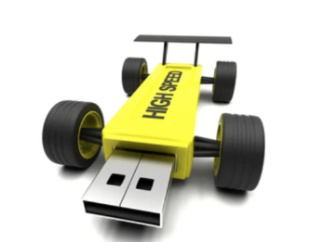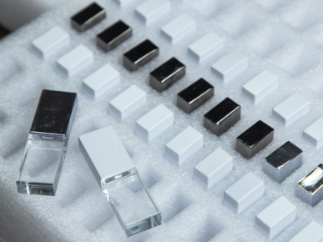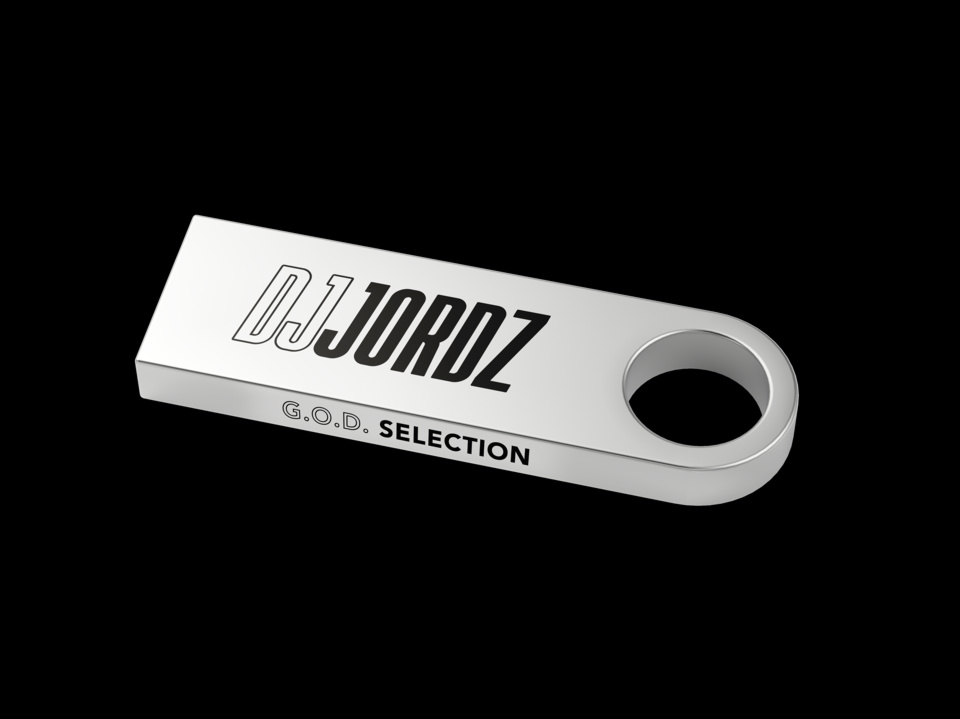
USB flash drives, while convenient and easy to use, occasionally experience hiccups. Is your computer having trouble reading your USB flash drive when you plug it in? There are few different issues that could create this problem. It’s easy to troubleshoot the issue and, in most cases, get your USB flash drive responding quickly.
Step 1: Plug the drive into a USB port and see if Windows detects the presence of the drive. Open the Disk Management tool by pressing the Windows Key + R simultaneously. A box will pop up. Into the field labeled ‘Open,’ enter ‘diskmgmt.msc’ (do not include quote marks), click the OK button or hit Enter.
Your USB flash drive should show up in the list of drives in the Disk Management window. If you don’t find the drive here, go to step 3 for instructions on how to properly format the drive. If you don’t see the USB drive on the list, continue on to step two.
Step 2: When Windows doesn’t recognize the drive, the problem could be a number of things. It could be your computer’s USB port or a problem with a driver on your computer. It could even be the drive itself. Try plugging the drive into a different USB port. If you’re using a USB hub, try plugging the drive directly into a USB port on the computer.
Now you’ve tried other USB ports on the same computer, what can you do if the drive still isn’t recognized? It can be difficult to determine if the problem is with the flash drive or your computer. Try to connect the drive to another computer to see if it’s detectable there. If it is not detected on another computer, repeat step 1 to determine if the drive is recognizable by Disk Management. If Disk Management doesn’t pick it up on another computer, it’s likely a dead USB drive. Unfortunately, you will need to replace this.
However, if you find the drive works OK on another computer, then the USB isn’t the problem. You can now check to see if there may be an issue with one of your computer drivers. To check this, you’re going to use Device Manager. Press the Windows Key + R simultaneously. A box will pop up. Into the field labeled ‘Open,’ enter ‘devmgmt.msc’. Click the OK button on the screen, or hit the enter key. You may now see disk drives with a warning (!) mark next to them. This means you have a problem with a driver. Right click on the line with the mark and select ‘Properties’ to see the error. You can then use Google to search for more information about the error.
There is another option if you’ve only recently experienced a problem with your USB drive. You may want to try System Restore to easily correct the problem. Alternatively, you can click on the ‘Update Driver’ button on the list of device properties. This will install a newer driver if one is available. The ‘Roll Back Driver’ button will restore the previous version of the driver. You can even use the ‘Uninstall’ button to uninstall the drive from your computer. Hopefully you system will them reinstall and configure the driver correctly upon reconnecting the drive.
Step 3: There may be issues with the partitioning or file systems on the USB drive. A drive that is un-partitioned or unallocated can be cleaned up and partitioned, allowing it to be used.
Have you partitioned the drive, but it’s still not reading? Be sure you’ve set a drive letter to allow Windows to access it. Normally, this is automatic. However, if you’ve manually unset the drive letter, you may not be able to access the drive through Windows.
Finally, if the drive is partitioned and still doesn’t show, it could have been partitioned on the wrong file system. The drive may have been formatted through another operating system. Reformat the drive with the NTFS system or the older FAT32 file system. Usually, this will allow your computer to recognize the drive. Unfortunately, if the drive is the wrong format, you can’t use it on this system. You’ll need to take the drive back to a computer with that operating system or save the files to another drive.
Consequentially, if you’ve tried these troubleshooting steps and the drive is still not recognized, your flash drive may be broken. The only suggestion at this point is to replace the flash drive.

 Bulk USB Drives
Bulk USB Drives
